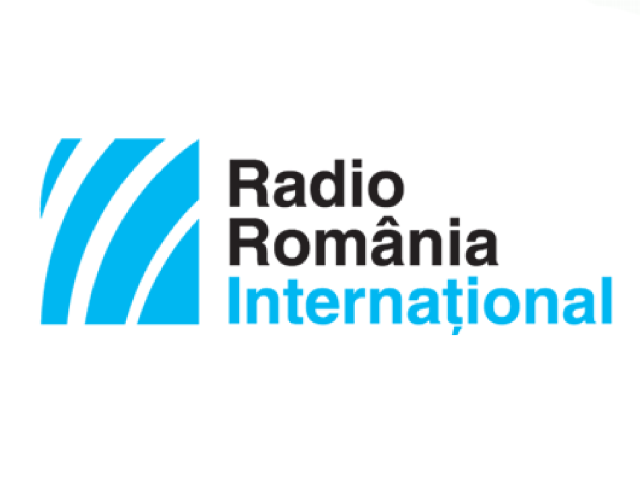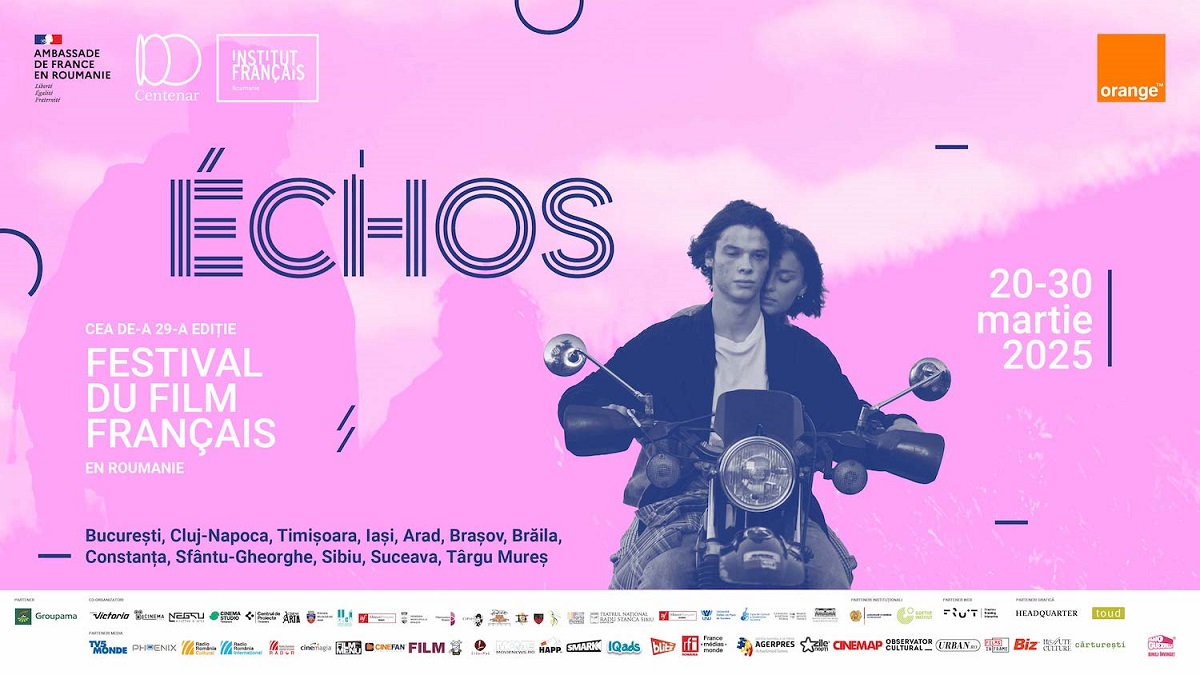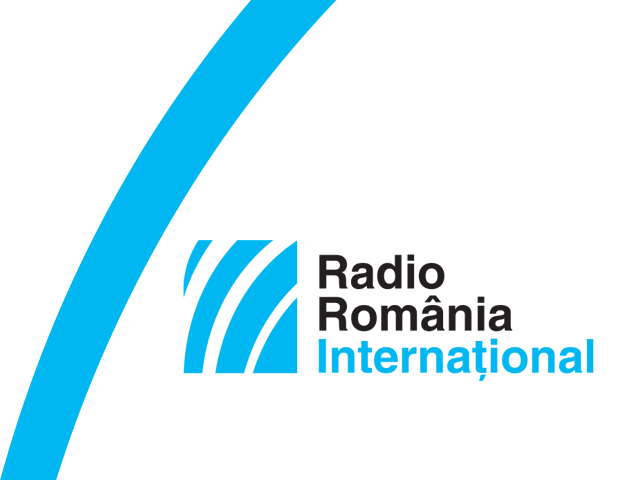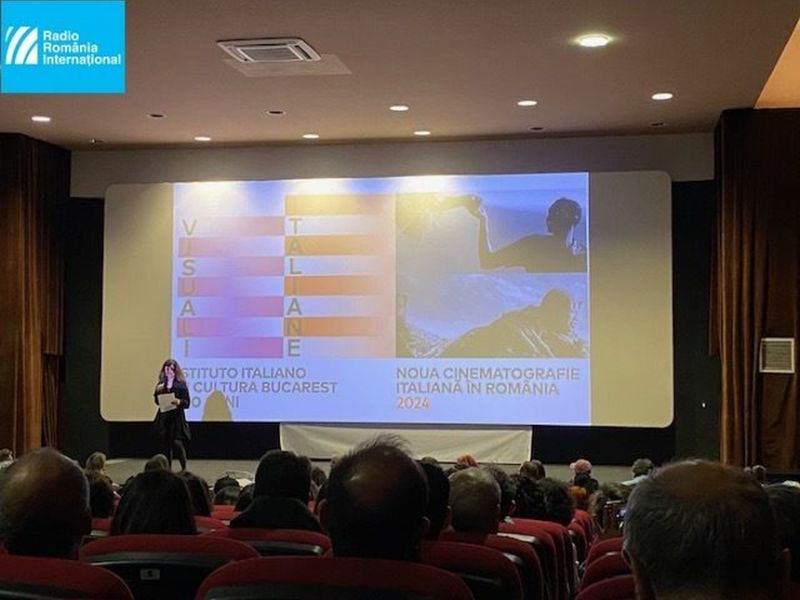Micro-history. True stories, told live
Micro-history. True stories, told live is a project produced by the Romanian Association for the Promotion of Performing Arts, jointly with the National Radio Drama Department

Luana Pleşea, 17.03.2018, 12:32
Who are we today, 100 years on? Who are
Romania’s citizens, what problems are they facing after their country
experienced two world wars, over 40 years of communism and some 30 years of
transition to capitalism? What impact have these events had on people from
various generations and belonging to various ethnic minorities? And no less
important, what is the future they dream of? These are some of the questions to
be answered by the project titled Micro-history. True stories, told live,
produced by the Romanian Association for the Promotion of Performing Arts,
jointly with the National Radio Drama Department. Launched in October 2017,
under the title Romania 100. True stories told live, the project reached its
second edition in early March. Micro-history has the ambitious goal of
compiling a special archive, made up of stories told by common people. In more
concrete terms, a casting is being organised, of people who have accepted the
invitation to tell a personal story on stage, before 100 unknown people. 13
stories have been selected at each edition, told to the public and then
archived on the website www.microistoria.ro
.
The person in charge of the casting was
Florentina Bratfanof, who told us about
how the finalists were selected:
It was a matter of organic choice, so to
speak, at the recommendation of people around me and people who knew the
project team. On January 15, I started making those invitations and talking to
various people. I didn’t know most of them. We had some very interesting
meetings and we kept telling stories for three-four hours in a row. The type of
communication was just like an embrace, because they told me their stories and
I told them mine, out of the wish to get to know as much as possible about a
person who is practically a perfect stranger. Basically, the criteria we used
were gender and age. But there are stories that are more telling and relevant
than others. For instance, it was the story of an 18-year-old teenage girl,
which seemed extremely relevant to me, although I’m twice her age. So what
mattered in particular was the story, stage charisma and the way in which
people narrated their stories.
Director Peter Kerek was the one who prepared
the finalists for the stage, for the encounter with the public.
We offered them the chance to stand before the
public – in this case, they were the other group – and do nothing, say nothing,
just think about whatever they wanted. There were five-minute moments of
silence, and then we started to combine them with music. There were group and
individual moments of silence, so we practically closed the speaking door to
only reopen it before the public. First and foremost we wanted them to hear
their own story, to understand what they were really interested in, what
touched or moved them in their story and then to process it and to become
listeners to their own story.
At the second edition of Micro-history, the
participants had to tell how they survived the transition from communism to
capitalism. One of those who took part in the casting was Dana Vlăsceanu. Aged
36, an ethnic Rroma and a former drug addict, Dana Vlăsceanu told us how she
ended up running a community centre and helping the inhabitants of the
Ferentari district in Bucharest.
Dana Vlasceanu wanted to take part in the
project because she believed it was very important to set examples and that her
story could motivate and guide people:
I’ve changed a lot. People who’ve known me for
eight years know that. I am the same person, but I have evolved. I wanted to
learn more and I did it and I am still learning. I went back to school, because
I had only graduated from the 7th grade. I wanted to be an example
for my children. My close friends are happy for me and my achievements. At the
centre, we’ve started to work with the children living in the community. We
have organised all sorts of workshops, activities, Christmas parties. We have
really got involved in the community. People who need something in particular
and do not know what to do, usually come to us. They know I can guide them.
Thomas Mendel, aged 39, is a dentist. In 1988 he
and his family left Romania and settled in Israel. He came back to the country
in 2003. Thomas believes that stories can inspire us. Of the many stories that
had changed his life, he chose to tell a story from his childhood:
In 1989, my
grandma came on a visit to Israel. In the morning, I took her to the grocery
shop, to buy something for breakfast. She was in her 50s back then and she
burst into tears. As I was a child, it was really disturbing to see a strong
woman, who had coped with everything back in Romania, crying like that. It was
probably the first time I realized how difficult it had been back in Romania
and how tormented those people were. I think the contrast between the two
worlds is very important. We have to be able to understand where we are and
where we could be. Truth and justice have a high price sometimes, just like
freedom, but they are worth fighting for. And, if you get involved in
something, and make sacrifices and take courageous decisions, then you stand
the chance of getting into a better world.
The initiator of the Micro-history project and
its curator is theatre critic Cristina Modreanu, who underlined, at the end of
the second edition, that a very interesting and diverse fresco of very personal
stories was taking shape, coming from various regions of the country, narrated
by people from various walks of life, different backgrounds and age brackets.
What does contemporary Romania look like, after listening to the stories told
by common people who live here?
Cristina Modreanu attempted an answer:
You get the image of a country rather traumatised by this transition
period, spanning approximately 30 years, since the Romanian Revolution to the
present day. I say this because the featured theme this year was ‘survival in
transition’. However, the stories told during the first edition can also be
included in this category, too. So, you see a country troubled by historical
events, whose people have tried to find their way through, or by growing up,
have tried to find models and landmarks; a country like a building site, I
could say, but at the same time, full of hope, optimism and the power to renew
itself, irrespective of the tragedies it has been experiencing.





























